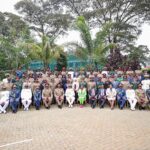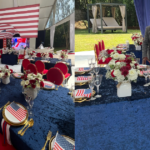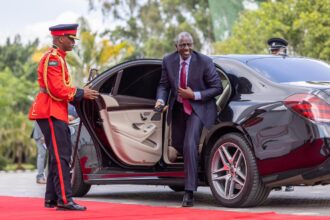In the corridors of power, where decisions that shape a nation are made, one figure stands silently yet plays a critical role in ensuring the safety and smooth functioning of the highest office in the Land—Today, we take a look at the Aide-de-Camp (ADC) to the Kenyan President.
Being an ADC is literally like being the president’s right-hand man, it’s like being the president’s shadow, always one or two steps behind or beside the Head of State.
We know the ADC as an expressionless personality who stands behind the president, but who really is an ADC?
The phrase “Aide-de-Camp” (ADC) originates from the French language, typically meaning “helper, ‘assistant’ or Just simply an ‘aide.”
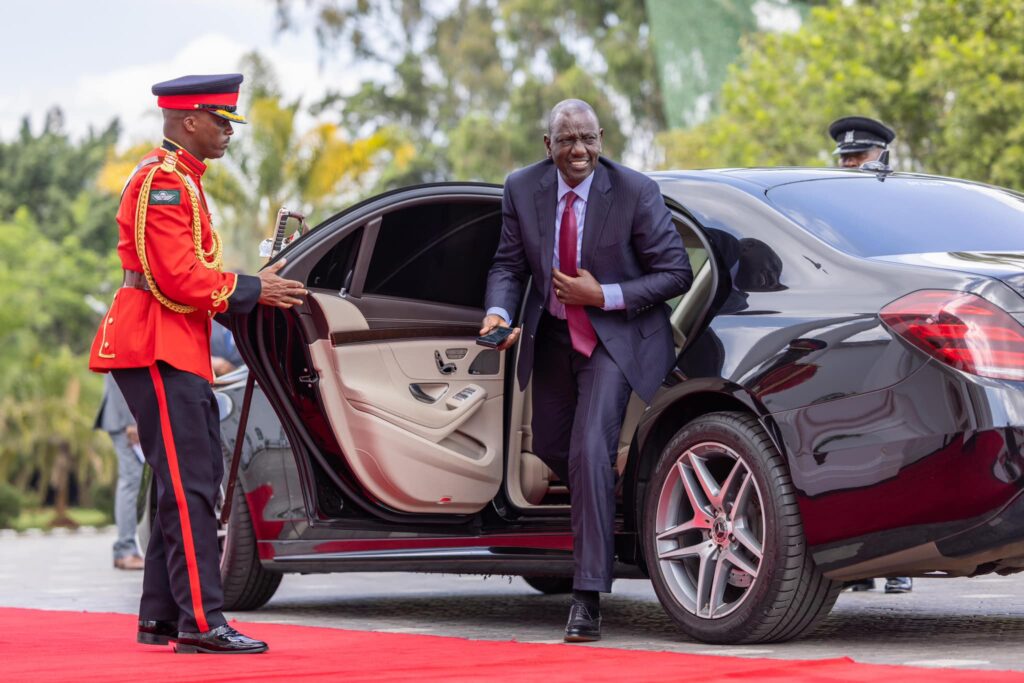
Though the role has been seen from some quarters as a colonial hangover, it’s very important to the Presidency.
Kenya inherited the practice of assigning military aides-de-camp to the head of state and commander in chief from the British. The British Monarch is known to always have an ADC by their side.
In Kenya, the ADC is chosen from the Kenya Defence Forces (KDF), specifically, either from the Kenya Army, Kenya Air Force, or the Kenya Navy.
The appointment of ADCs is a meticulous process overseen by the Defence Council, reflecting the importance of the role. This high-ranking officer is handpicked by the Defense Council and must be a Colonel, with a Lieutenant Colonel serving as their deputy.
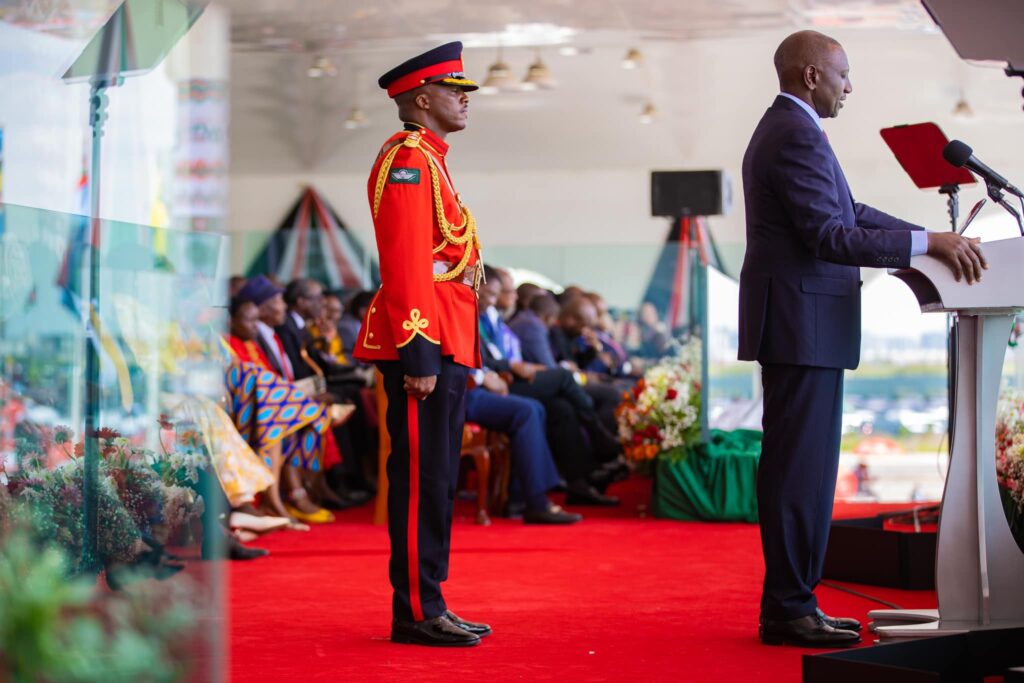
Immediately after their appointment, it’s said the ADC takes an oath of secrecy because by virtue of being that close to the president he is exposed to a lot of classified information about the country or personal information about the president that should never leak.
Major (Rtd) Marsden Madoka was one of the most popular people to ever serve in the role after he was appointed as Jomo Kenyatta’s Aide-de-Camp (ADC) at the age of 22 years.
The current holder of this esteemed position is Colonel Fabian Lengusuranga from the Kenya Army, serving as the right-hand person to President William Samoei Ruto.
Col. Lengusuranga took over from Col. Timothy Lekolool.
Col. Lekolool served as President Ruto’s first ADC after serving until the end of former President Uhuru Kenyatta’s last term.
The current ADC is deputized by Lt. Col. Damaris Agnetta, also from the Kenya Army. Col Agnetta is one of the few Kenyan women given the prestigious role.
A position deeply rooted in military tradition, the Aide-de-Camp (ADC) to the Kenyan President is far more than a ceremonial figure.
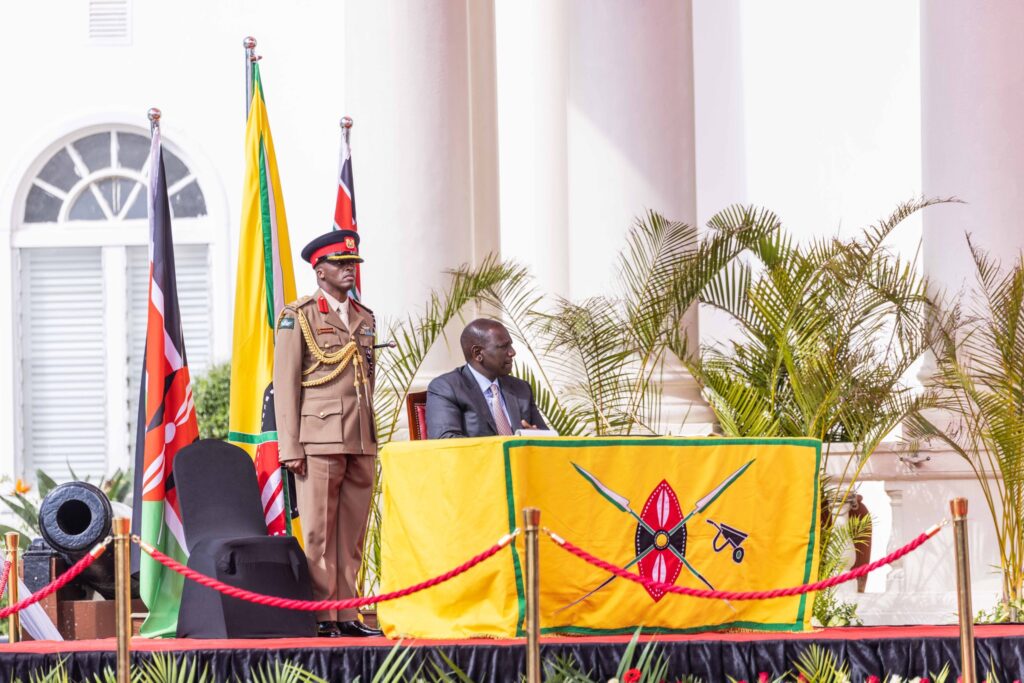
The ADC plays a crucial role in supporting the Kenyan presidency.
This relationship between the head of state and ADC fosters a sense of trust and loyalty.
The ADC holds an all-purpose role with two key purposes: Role one is basically Symbolism: The ADC represents the president’s authority as commander in chief and dignifies the position.
The second role is basically, support: Where they assist the president with matters of protocol, security, and military tradition. This flexibility underscores the ADC’s adaptability, a trait crucial for success in the role.
ADCs have traditionally been known to assist the President with diplomatic protocol at military and State events, and ensure that these events are conducted efficiently and with dignity, as appropriate for the President.
An ADC also plays the role as a vital link between civilian governance and the military.
The ADC is the only military officer that accompanies the commander in chief in every military parade, at state functions and national holidays. 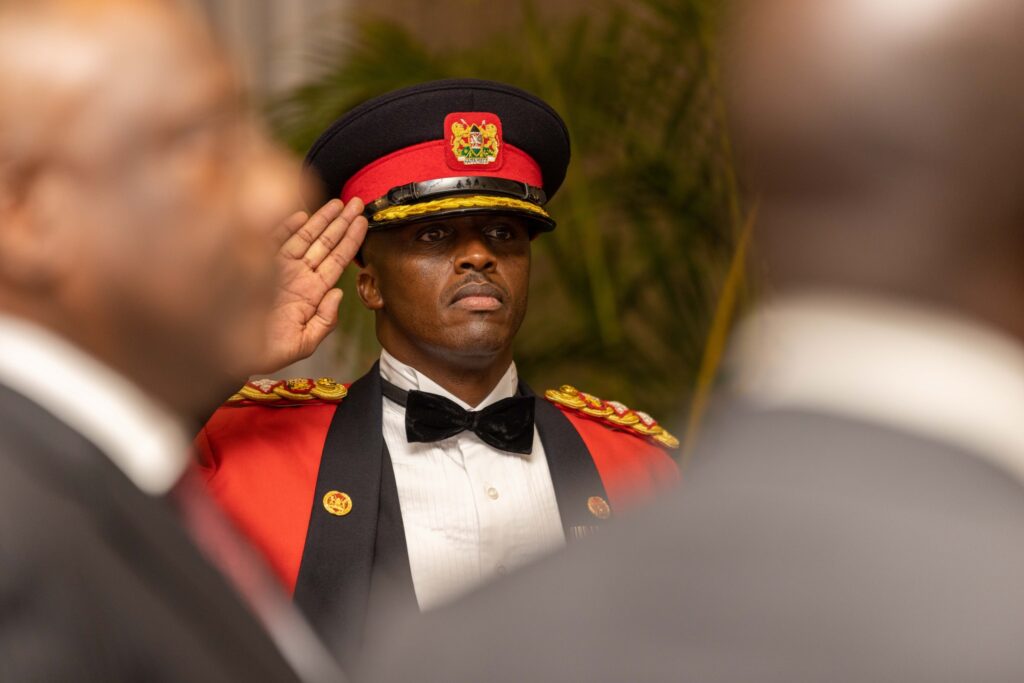
As the right-hand person to the President, the ADC is not just a ceremonial position but a crucial role within the President’s inner circle that demands precision, loyalty, and a deep understanding of the dynamics of protocol, governance and politics.
By being a military officer, an ADC is however expected to be apolitical.
ADC’s often serve as a confidante to the President, and He or she is required to be part of the president’s itinerary at all times.
While often seen standing behind the President and opening car doors, the ADC’s role extends far beyond ceremonial duties.
For example, at all State Houses and Lodges in Kenya, the ADC has a fully operational and dedicated office that also coordinates and helps manage the President’s schedule.
The ADC’s office is entrusted with managing the President’s schedule which involves coordinating with various departments in the executive office of the president, aides and other officials to streamline the President’s day, making sure that crucial meetings, events, and briefings are seamlessly integrated into the official agenda.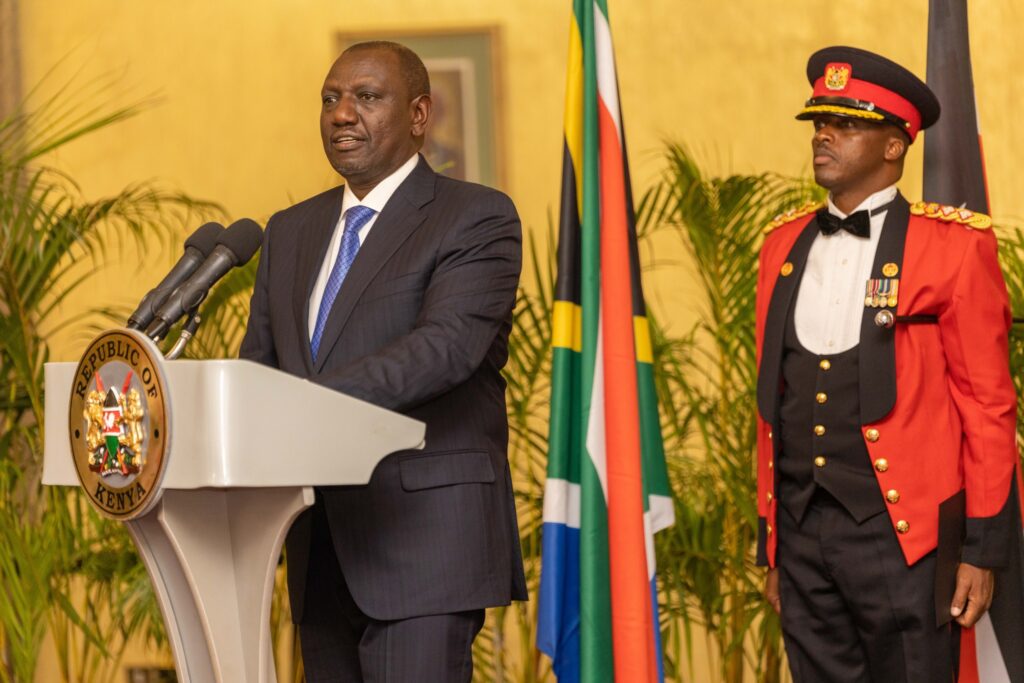
He also Liaises and attends planning and or tactical meetings with the presidential security team.
The ADC is also entrusted with the President’s personal items, and sometimes is seen to carry the president’s essential items like the President’s phone, the president’s notebook, a tablet for reading speeches or diary among many other things.
Although the ADC is traditionally not tasked with ensuring the personal security of the President, the ADC is often seen as the unseen guardian in the backdrop of official events and may act as a bodyguard in unforeseen situations.
This presence is not just a matter of protocol; it serves a critical role in guaranteeing the safety of the head of state.
In one such occasion, the ADC to Kenya’s third president Mwai Kibaki jumped to protect the head of state from a situation that would have put the life of the president at risk.
He shielded the president from a potential fire accident during the burning of ivory.
The ADC is trained to handle any security threats that may arise, working in tandem with other security agencies like the Presidential Escort Unit, GSU’S G company and Recce company to ensure the President’s safety.
For example, the current Kenyan ADC is a respected, highly-trained and decorated special forces Regiment officer from one of KDF’s most feared units,the Special Operations Brigade popularly known as 20 Paras or the Green Berets.
The KDF’s green berets are highly trained in one of the most complicated combat duties.
For example, in situations where supporters rush to the close proximity of the president he has been seen to act as a defense.
He also wears a communication earpiece to listen to radio and communicate with officers of the presidential escort unit.
Usually, the ADC’s uniform varies just like other senior Military officers. During State ceremonies and Public holidays, the ADC is seen wearing the bright Red Blazer and Black Trousers, on normal occasion and regular days he or she wears the Khaki blazer and trousers and on assignments and tasks where the president is out in the field, the ADC puts on the jungle green camouflage look.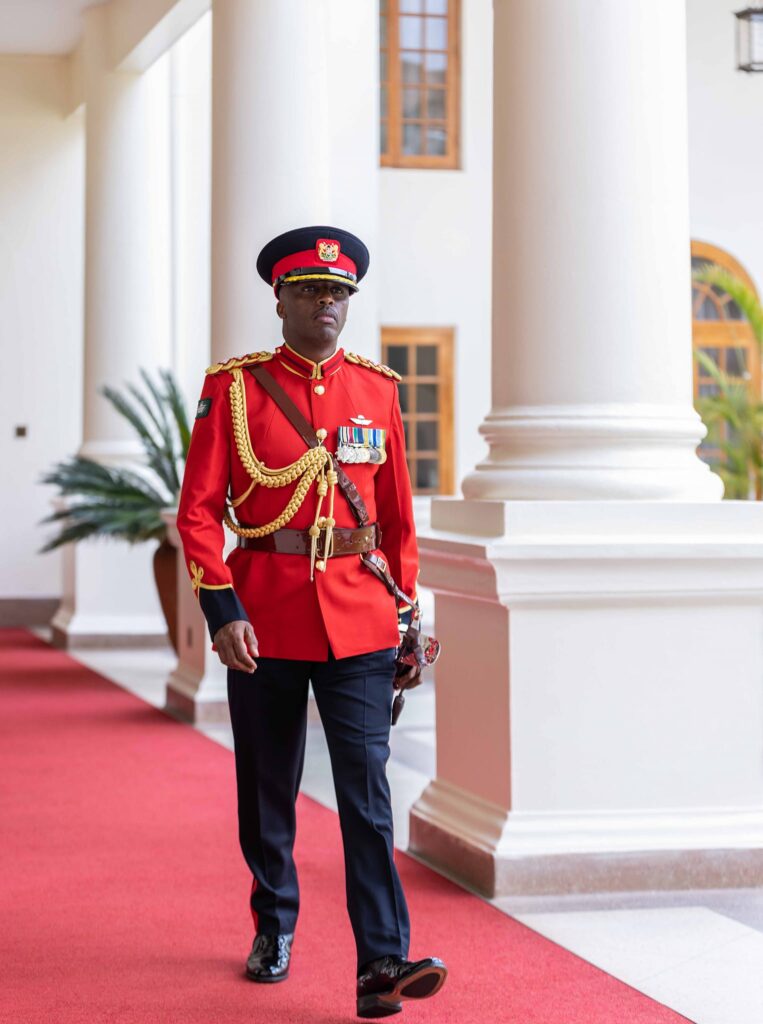
During the president’s private events and Sunday services and mass, the ADC opts to drop his military uniform for civilian outfits.
One of the primary responsibilities of the ADC is to accompany the President at all times, acting as a constant shadow.
ADC’s are expected to be alert, adaptable, and work long hours and maintain constant accessibility, including working on weekends.
The ADC also acts to give respect and dignity to the office holder and especially if the holder is of advanced age or has physical problems.
In past incidents, President Mwai Kibaki who was sworn in during his first term in a wheelchair was assisted by the ADC to move around and also get into his official car.
In another unfortunate incident, President Kibaki’s ADC Col Njiru Mbogo assisted to shield the President from embarrassment when his trouser fell during a public event.
In Zimbabwe, former President Robert Mugabe was regularly assisted by an ADC during his final years as president.
While the role of ADC is widely used in Africa, some leaders opt for different approaches, such as solely female ADCs or invisible military aides.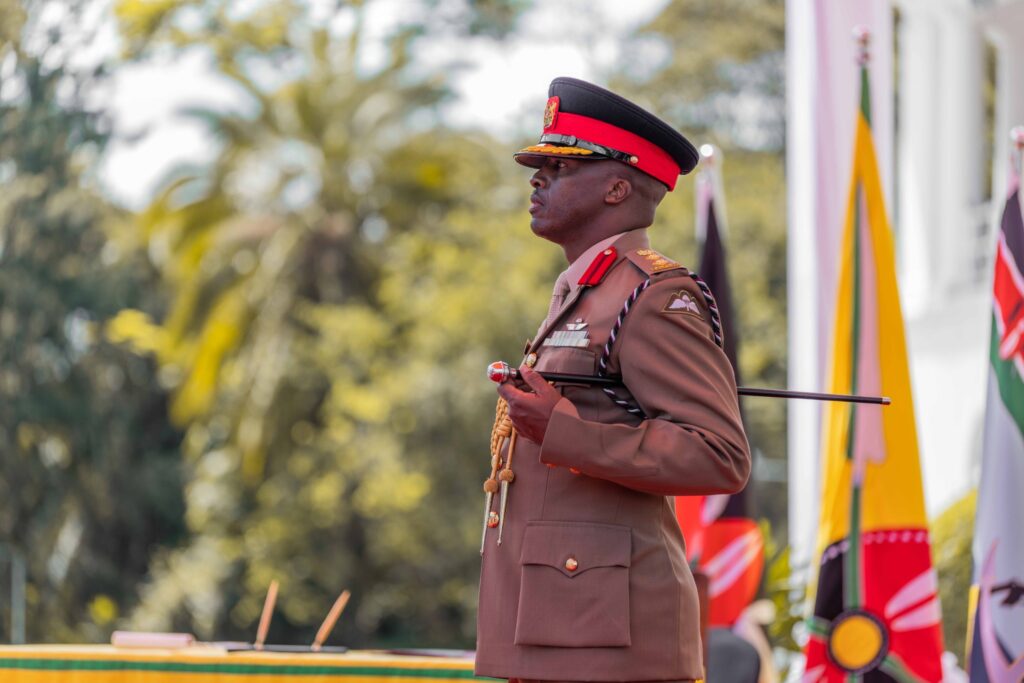
Unlike Kenya’s visible and traditional approach, some nations like the US have an “invisible” military aide who accompanies the president at all times.
In France, Russia, and the United States, the president’s ADC carries the country’s nuclear briefcase.
In the US, An ADC or military aide carries what is called Nuclear Football that contains atomic war plans. The heavy case is never far behind the US President. A Russian Military aide also carries the same for President Vladmir Putin.
Interestingly, President Uhuru Kenyatta was the first head of state in Africa to appoint a female ADC, a practice continued by President Ruto.
President Ruto previously chose to include his female ADC, Lt Col. Damaris Agnetta, in events associated with women which is noted as a strategic move, to emphasize gender inclusivity and diversity.
ADCs are known for their “Expressionless”, rarely smiling faces even during lighthearted moments.
However, heads of state with a warm personality have been known to create a camaraderie with their ADC’s.
President Uhuru Kenyatta was particularly seen to engage a lot on a personal level with his ADC Col Lekoolol. They share quite light hearted moments that caught the attention of the public.
Traditionally, during transit or movement of the head of state, the ADC occupies the front seat of the President’s vehicle, always ready to open the door for the president and offer any assistance.
In President Ruto’s case, the ADC adapts to the unique preference where the president prefers riding in the front seat of the president’s 4×4 SUV.
However, when riding in the presidential limousine, or in cases where the President and first lady are both riding in the same car, the ADC switches to the front left seat. 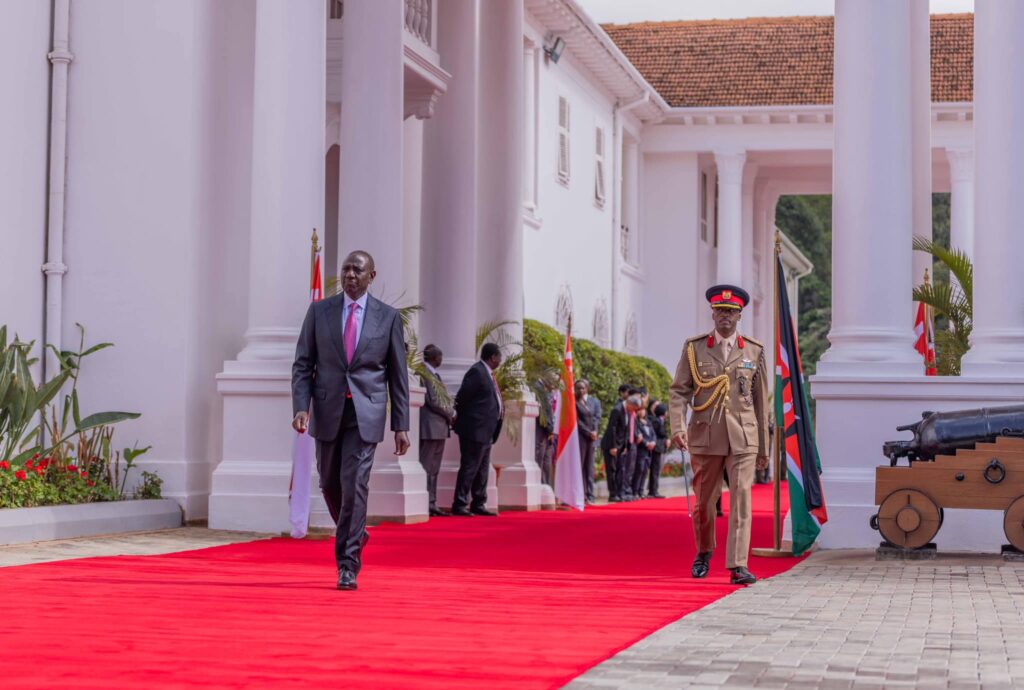
In circumstances where the president opts to drive themselves, the ADC could ride in the same car or use a separate car in the presidential motorcade like it used to be the case with president Uhuru Kenyatta who in many cases loved to drive himself.
On a personal level, The ADC works long hours, always arriving in the office before the President and leaving after, underscoring their commitment to the role.
In Kenya, only the president is allowed to have an Aide De Camp. But in 2013, Former Baringo Governor Benjamin Cheboi out of the excitement of power, dedicated himself to an Administration Police officer who performed duty as his Aide-de-Camp at a public event.
The action by Cheboi sparked controversy leading to the administration officer being demoted.
The officer was transferred to another station after he was seen standing behind the Governor in ceremonial uniform as Cheboi addressed County Assembly members in Baringo.
Having an ADC is a trend seen in other African nations, such as Tanzania and Uganda, where female ADCs have been appointed, showcasing a departure from historical norms.
In Tanzania, President Samia Suluhu, has solely stuck to using a female ADC, which is understandable especially being a Muslim woman.
Uganda President Yoweri Museveni has previously been spotted with a female ADC.
Former Libyan Leader Col. Muammar Gaddafi also popularized the use of an elite team of female bodyguards and aides.
Successful service as an ADC has historically led to promotions within the military, showcasing the significance of the role in shaping military leadership.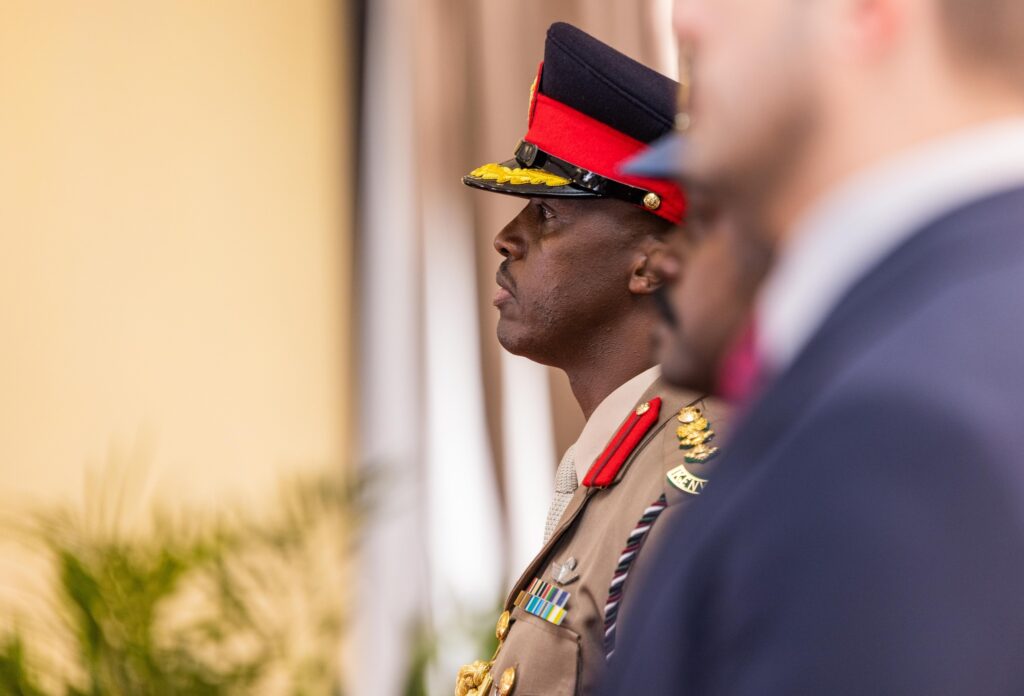
Their dedication often leads to close relationships with the President, potentially resulting in career advancement, as seen with Lieutenant-General Peter Mbogo Njiru who was promoted to serve as the Kenya Army commander.
Historically, the number of ADCs served by different presidents has varied: The late President Daniel Arap Moi had a total of 6 ADCs in 24 years, the late President Mwai Kibaki had a total of 4 ADCs in 10 years and President Uhuru Kenyatta had 3 ADCs in 10 years.
Kenyans have been treated to the symbolic display of power shifting during presidential inaugurations when the acting ADC moves from a sitting president to the President elect who then automatically becomes the commander in chief.
It is believed that the period in which the Aide-de-Camp will serve will depend on several issues, including age, but most of them serve in that capacity for approximately three years.
Aside from serving the sitting president, a few other ADCs are also provided from a pool of officers in the rank of Lt. Col to accompany visiting heads of state who are in Kenya.
Every visiting head of state or head of government is usually assigned a dedicated ADC.
The local ADC accompanies the visiting head of state at all times and acts as an assistant and honour for the visiting leader.
Though some heads of state keep their ADCs even during visits in Kenya, protocol dictates that they take a secondary role.


